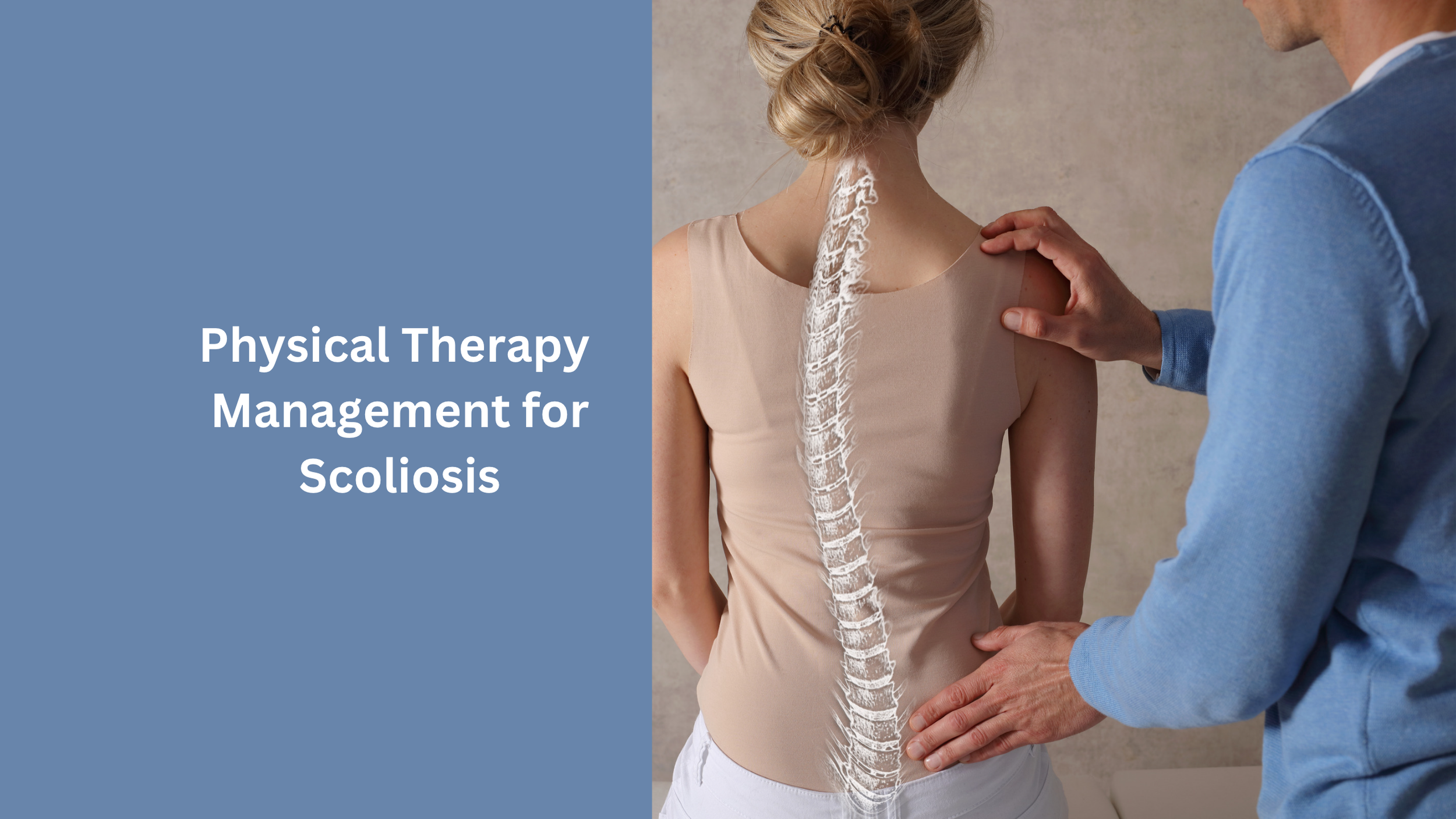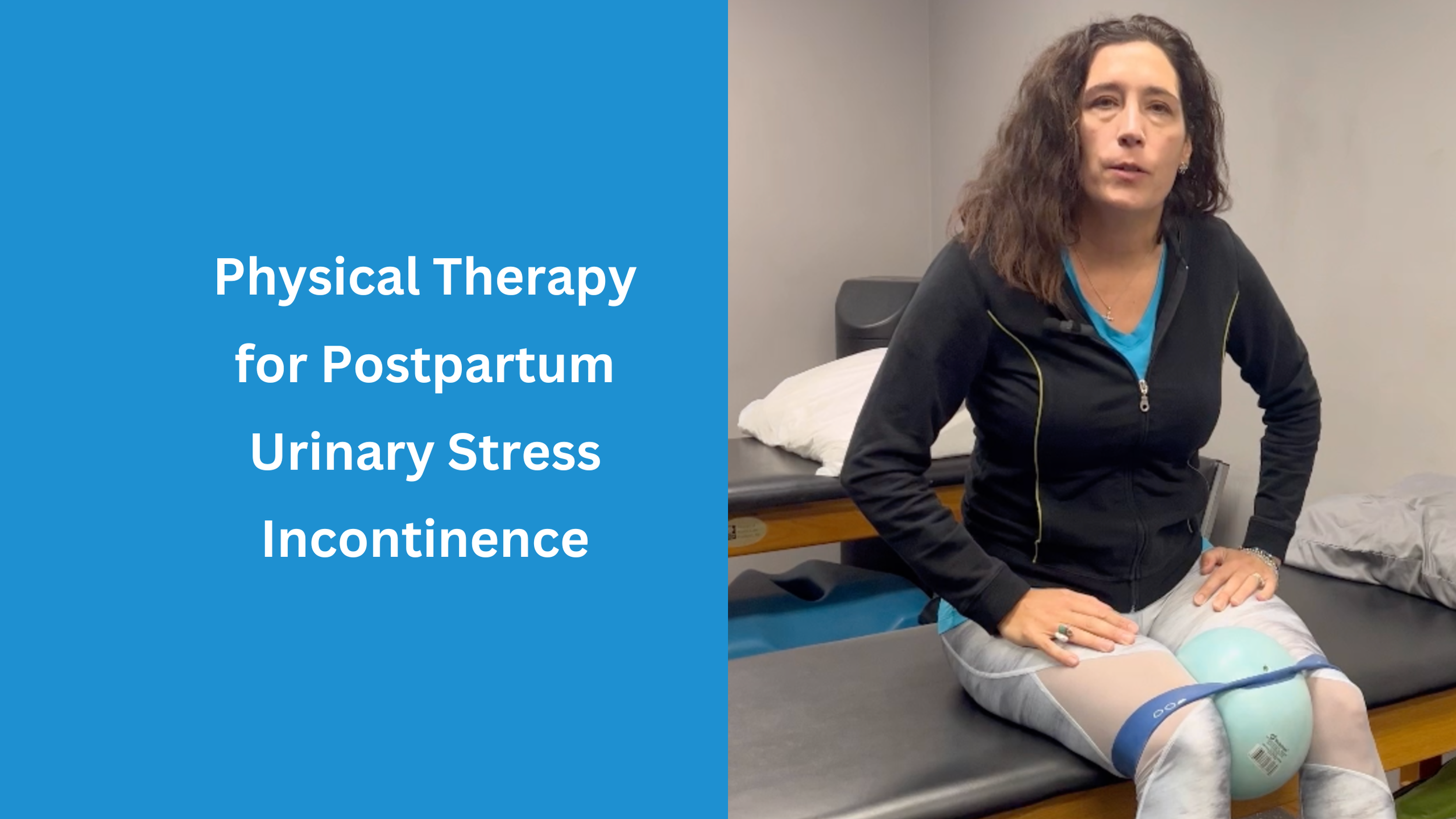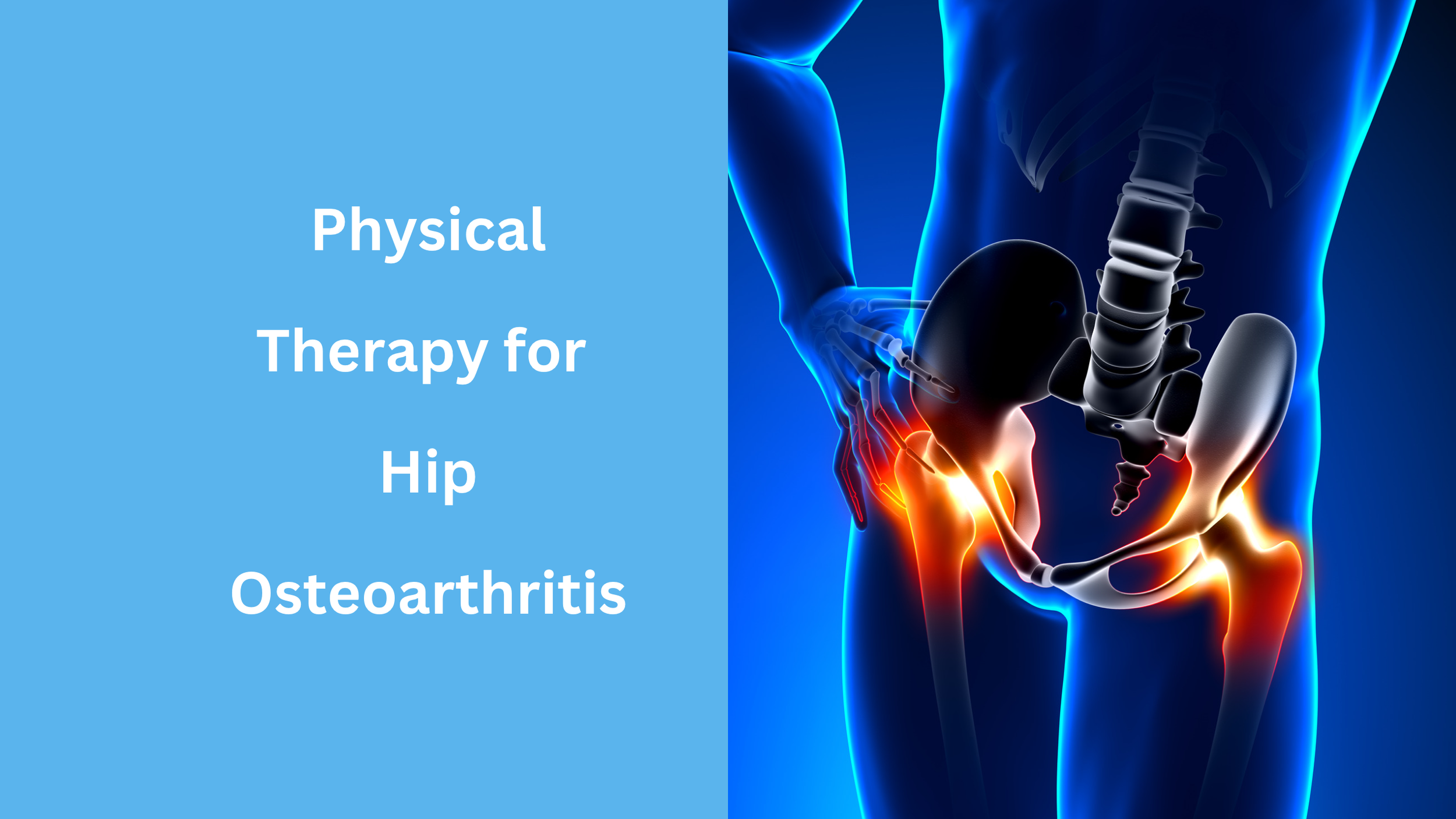Mangiarelli Rehabilitation Physical Therapy Blog
Physical Therapy for Ankle Sprains [Infographic]
An ankle sprain is a common injury that occurs when the foot twists or turns beyond its normal range of movement, causing the ankle’s ligaments to overstretch or tear. Ankle sprains account for up to 40% of lower extremity sports injuries and 15% of all sports injuries in the United States. Physical therapy is the first line of treatment for ankle sprains, effectively restoring mobility, strength, and function in the injured ankle, preventing re-injury, and ensuring a safe return to sport through a targeted exercise and manual therapy rehabilitation program.
July 2023 Newsletter
Check out our July 2023 Newsletter, highlighting improving your golf swing with the Golf Forever tool, dynamic balance training, physical therapy for foot drop, and physical therapy management for scoliosis.
Physical Therapy for Swimmer’s Knee
Swimmer’s knee is caused by repetitive strain on the knee ligaments, particularly the MCL, when performing the breaststroke. Pain in the MCL develops due to the repetitive flexion-extension, adduction, and external rotation of the knee against the water when completing the breaststroke. When doing the breaststroke, 70% of the propulsion of the stroke comes from the legs and knees, placing significant stress on the knees. Physical therapy can alleviate swimmer’s knee pain and restore movement and function in the knee safely through a targeted therapeutic exercise and manual therapy rehabilitation program.
Physical Therapy for Cervicogenic Headaches [Infographic]
Check out our infographic on physical therapy for cervicogenic headaches! Cervicogenic headaches are caused by musculoskeletal dysfunction in the bony structures or soft tissue of the neck that refer pain to the head through the nervous system, commonly affecting one side of the head. Physical therapy is the gold standard of treatment for cervicogenic headaches, helping to reduce the severity and frequency of headaches by targeted strengthening and manual therapy of the deep muscles of the neck and upper back.
Physical Therapy for Foot Drop
Foot drop is a symptom of an underlying neurological, muscular, or anatomical problem involving an inability to lift the front of your foot due to an impairment in the muscle in the front of your shin, the anterior tibialis. Foot drop presents as an individual dragging the foot and toes on the ground when walking or bending the knees to lift the foot higher above ground to avoid dragging. Physical therapy can help address foot drop and improve functional mobility and gait pattern through a targeted therapeutic and strengthening exercise program.
Treating a Sports Hernia with Physical Therapy
A sports hernia is an injury that happens when there is a weakening or tear in the muscles, tendons, or ligaments of the lower abdominal and groin area, causing acute pain and limited movement. A sports hernia typically occurs in sports that require repetitive twisting, turning, or abrupt changes in direction. Physical therapy can help athletes manage and recover from a sports hernia safely, addressing underlying muscular imbalances that contributed to injury through targeted exercise, core strengthening, and manual therapy.
Using the GolfForever Swing Trainer to Improve Your Golf Swing
Mangiarelli Rehabilitation physical therapist Bobby demonstrates the variety of ways we utilize the Golf Forever Swing Training Tool in our clinic to improve your golf swing. The golf swing is one of the most dynamic motions in sports, requiring coordinated loading and the generation of power and force throughout the kinetic chain. Physical therapy can help golfers improve their golf swing by enhancing agility and power for longer drives, improving mobility and flexibility in the hips and shoulders and dynamic balance, and enhancing core strength and neuromuscular control for a powerful, controlled, and accurate golf swing.
Physical Therapy Scoliosis Management
Scoliosis is a condition that affects the normal shape of the spine, altering a person’s back alignment and posture and causing a lateral “s” or “c”-shaped curve in the spine. The abnormal curvature of the spine can place stress on the surrounding muscles and joints, causing loss of strength and flexibility in the spinal and back muscles over time. Physical therapy is an effective, non-invasive treatment method to manage scoliosis, stabilize the scoliosis curve, improve postural alignment, enhance neuromuscular control and muscular strength, and improve overall function in individuals with scoliosis.
Physical Therapy for Pickleball Injuries
Pickleball is one of the fastest growing sports in the United States, played on a tennis-like court using a softball-sized, hard-plastic ball and a wooden racket to serve and volley the ball back and forth. While fairly easy to pick up, pickleball requires fast movements of the upper and lower body, sudden pivots and cuts, and side-to-side shuffling, which can contribute to injury. Physical therapy can help pickleball players not only recover from an on-court injury, but also prepare for a successful pickleball season through targeted strength and conditioning.
June 2023 Newsletter
Check out our June 2023 Newsletter, highlighting punching out Parkinson's WFMJ local news feature, physical therapy for postpartum urinary stress incontinence, walking after a total hip replacement & femoral nerve palsy, and three exercises to address shin splints.
Managing Multiple Sclerosis with Physical Therapy
Exercise rehabilitation under the supervision of a physical therapist can help multiple sclerosis patients conserve and regain functional abilities, manage symptoms, and improve quality of life. Multiple sclerosis (MS) is a chronic neurological disease that affects the central nervous system and can lead to physical and cognitive impairments. Research suggests that targeted exercise rehabilitation may be the single most effective non-pharmacological symptomatic treatment for multiple sclerosis. A structured rehabilitation program can improve mobility, muscle strength, aerobic capacity, and quality of life in multiple sclerosis patients.
3 Exercises to Address Shin Splints
Mangiarelli Rehabilitation physical therapist Sarah demonstrates three exercises you can do to address shin splint pain. Shin splints are a common athletic injury that develops due to repetitive stress placed on the tibia, causing the surrounding muscles to strain and develop microtears where they connect to the shin bone. Physical therapists can help athletes with shin splints recover pain-free movement, return to sport safely, and prevent future reinjury through a targeted exercise rehabilitation program.
Exercise Rehabilitation After a Stroke
Physical therapy is critical after a stroke to regain strength, coordination, balance, motor control, and function. A stroke occurs when blood flow to an area of the brain is cut off, depriving the brain cells of oxygen and leading to physical and cognitive impairments. Using a targeted exercise rehabilitation program early in the post-stroke recovery period, a physical therapist can help stroke survivors relearn basic motor skills, maximize their functional abilities, enhance their independence, and improve their quality of life.
Physical Therapy for Postpartum Urinary Stress Incontinence
Mangiarelli Rehabilitation physical therapist Jen demonstrates three exercises you can do for urinary stress incontinence on the blog! Postpartum urinary stress incontinence occurs when an individual experiences involuntary urine leakage that happens during activities like coughing, sneezing, laughing, squatting, or impact movements following pregnancy and childbirth, often due to pelvic floor dysfunction. Approximately 34% of women experience urinary incontinence postpartum. Physical therapy has been shown to be 80% effective at treating urinary stress incontinence. Pelvic floor physical therapy is used to treat urinary incontinence, a program of functional retraining to improve pelvic floor muscle strength, endurance, power, and relaxation.
Physical Therapy after a C-Section [Infographic]
A C-section is major abdominal surgery involving the delivery of a baby through horizontal incisions made in the abdomen or uterus along the pubic hairline. Women can experience significant pain at the c-section incision site due to scar tissue formation, limiting mobility in the abdominal area and contributing to pelvic pain and pelvic floor dysfunction. After a c-section, physical therapy can play a critical role in helping women recover, reducing incision site pain, normalizing pelvic floor muscle tone, improving core and back muscle strength, and optimizing women’s function and mobility.
Fighting Osteoporosis with Physical Therapy
Osteoporosis is a metabolic bone disease characterized by low bone density, thin, brittle bones, decreased bone strength, and changes in bone structure that increase the risk of a bone fracture. Physical therapy can play a crucial role in managing osteoporosis and helping you maintain and build bone density through a customized therapeutic exercise program. Exercise places beneficial stress on your bones by directly loading the bone and increasing muscle mass, which places mechanical stress on the skeleton and strengthens your bones.
Physical Therapy for Hip Osteoarthritis
Physical therapy can help those with hip osteoarthritis manage arthritic pain and regain function, strength, and mobility in the hip through therapeutic exercise and manual therapy. Osteoarthritis of the hip causes the protective cartilage lining the bones of the hip joint to progressively break down, causing the bones to rub against each other and leading to intense pain and inflammation within the hip joint.
Walking After A Total Hip Replacement and Femoral Nerve Palsy
After undergoing a total hip replacement and suffering from femoral nerve palsy, Mangiarelli Rehabilitation physical therapy patient Kay has made incredible progress, advancing from walking with a brace with a walker to now walking with a cane! Femoral nerve palsy post-hip replacement involves injury to or compression of the femoral nerve, one of the largest nerves in the leg. A physical therapist can help reduce compression on the femoral nerve and help patients safely regain quadriceps muscle strength, relieve nerve pain, and improve walking ability.
May 2023 Newsletter
Check out our May 2023 Newsletter, highlighting punching out Parkinson's with therapeutic boxing, spring donation drive thank you, physical therapy for sciatica, and three exercises for plantar fasciitis.
Treating Plantar Fasciitis with Physical Therapy
Mangiarelli Rehabilitation physical therapist Sarah demonstrates three exercises to reduce plantar fasciitis pain and restore function. Plantar fasciitis is a common cause of foot and heel pain that develops due to repeated activities that strain the plantar fascia, a thick band of tissue that rungs along the bottom of the foot and supports the arch of the foot. Physical therapy is highly effective in treating plantar fasciitis, using manual therapy and therapeutic exercise to reduce pain, restore function and strength in the foot, and improve foot mechanics.
![Physical Therapy for Ankle Sprains [Infographic]](https://images.squarespace-cdn.com/content/v1/5e419cdc97af032560004b99/1688754967891-BGREZOA98E9T9LQUB6FJ/Tw+Ankle+Sprain+Infogr.png)


![Physical Therapy for Cervicogenic Headaches [Infographic]](https://images.squarespace-cdn.com/content/v1/5e419cdc97af032560004b99/1687440224424-E9M82Q4M1LTCAE9R0G9W/Tw+Cervicog.+Infogr.png)










![Physical Therapy after a C-Section [Infographic]](https://images.squarespace-cdn.com/content/v1/5e419cdc97af032560004b99/1684179845687-YIW6AAG3G4MSFF08KSB7/TW+C-Section+Infographic.png)
















